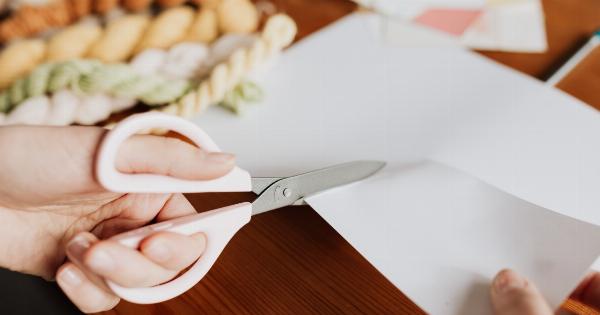As we age, our bodies undergo several changes that affect our mobility. The loss of youthful mobility is a natural part of the aging process but can be challenging to deal with, especially for those who have always been active and independent.
In this article, we will discuss the various causes of the loss of mobility and ways to cope with it.
Causes of the Loss of Mobility
There are several causes of the loss of mobility, including:.
1. Osteoarthritis
Osteoarthritis is a condition that affects the joints and results in stiffness, pain, and inflammation. This condition commonly affects people over the age of 60 and can significantly impact their mobility.
The pain and stiffness caused by osteoarthritis can make it difficult for people to move around freely and carry out daily activities.
2. Reduced Muscle Strength
As we age, our muscle mass begins to decrease, and our muscles become weaker.
This reduction in muscle strength can make it challenging for older adults to maintain their balance and carry out activities that require physical effort, such as climbing stairs or carrying heavy objects.
3. Chronic Health Conditions
Chronic health conditions such as heart disease, stroke, and diabetes can also affect mobility. These conditions can cause fatigue, weakness, and pain, making it difficult for people to move around freely.
4. Poor Balance and Coordination
As we age, our balance and coordination may decline, increasing the risk of falls and injuries. Poor balance and coordination can also make it challenging to carry out daily activities such as getting dressed and preparing meals.
Coping with the Loss of Mobility
While the loss of mobility can be challenging to deal with, there are several ways to cope with it:.
1. Exercise
Regular exercise can help improve mobility and prevent further loss of muscle strength and flexibility. Exercise can also help manage chronic health conditions such as diabetes and heart disease.
It is essential to consult a healthcare professional before starting an exercise program to ensure that it is safe and appropriate for your level of mobility.
2. Assistive Devices
Assistive devices such as canes, walkers, and wheelchairs can help older adults maintain their mobility and independence.
These devices can help support balance and reduce the risk of falls, enabling older adults to carry out daily activities and maintain social connections.
3. Home Modifications
Modifying your home can also make it easier to maintain your mobility. Installing grab bars in the bathroom, removing loose rugs, and ensuring adequate lighting can all reduce the risk of falls and injuries.
It is essential to consult a healthcare professional or an occupational therapist to determine the best modifications for your home.
4. Healthy Lifestyle Choices
Eating a healthy diet, getting regular exercise, and managing chronic health conditions can all help maintain mobility and overall health.
It is essential to discuss any lifestyle changes with a healthcare professional to ensure that they are safe and appropriate for your health status.
Conclusion
The loss of youthful mobility is a natural part of the aging process, but it does not have to limit your independence or quality of life.
By taking steps to improve your mobility and make your environment safer, you can maintain your independence and continue to enjoy the activities you love.




























